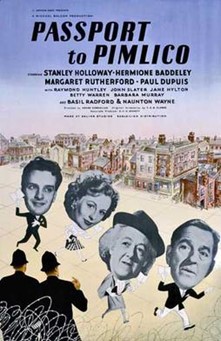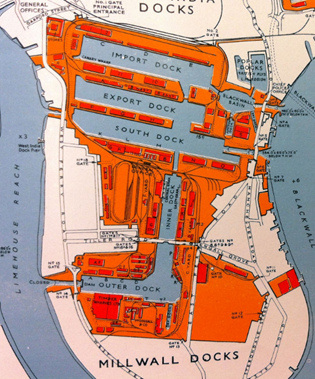Are you finding us from Worldcon?
Join us in Portal 55 (a great deal of DISCORD there…) for weekly broadcasts and perennial discussion!

By Mx Kris Vyas-Myall
Last month, I was so optimistic. Plans were afoot to expand the Graham Publishing SF magazines into three. First, as I touched on previously was to be Sword and Sorcery.

This was to be a fantasy-oriented magazine edited by Ken Bulmer, which already had a bunch of great names attached to its first issue, including Michael Moorcock, John Brunner and Brian W. Aldiss. This project went as far as to have proofs printed, some of which have been making their way around fan circles (if someone has one, I would appreciate a copy).
The other was a Walter Gillings-edited venture called Vanguard. This would have been a reprint magazine akin to Famous Science Fiction but with more focus on British and Australian authors, John Russell Fearn in particular.
However, Graham has decided to instead cut his losses and has pulled the entire venture. Therefore, not only are the other two projects stillborn, this is going to be the final ever issue of Vision of Tomorrow.
Just as with the various New Worlds problems, this untimely demise seems to owe more to behind-the-scenes issues than to the actual quality of the magazine. Firstly, the distribution problem. I buy direct in order to avoid any such difficulties, but most people rely on shops stocking the magazine. New English Library are supposed to be the distributor but I know that even determined fans have struggled to see a copy out in the wild.
There has also been the global paper cost rise. As economies have expanded throughout the prior decade, paper demand has skyrocketed. Unfortunately, you cannot easily just harvest more trees into wood pulp and expand the number of saws in a mill. The whole cycle of expanding the forest areas to be harvested can take decades. There have been experiments with faster growing materials and moving to storing of more records on microfiche, but these are in the early stages and unlikely to be instituted in newly industrializing countries around the world. This all means that the average cost of printing a magazine has gone through the roof, which has made new ventures very difficult.
Finally, there seems to have been some commotions behind the scenes. The associate editor was removed from his post a few months back and there are reports of disagreements over content and format between Graham and Harbottle. How much this impacted the overall fortunes of the magazine I cannot confidently to say, but it is hard to imagine it has made anything easier.
So let us all raise our glasses and toast to the final issue of Vision of Tomorrow, an underappreciated venture, and mourn for what could have been:
Vision of Tomorrow #12
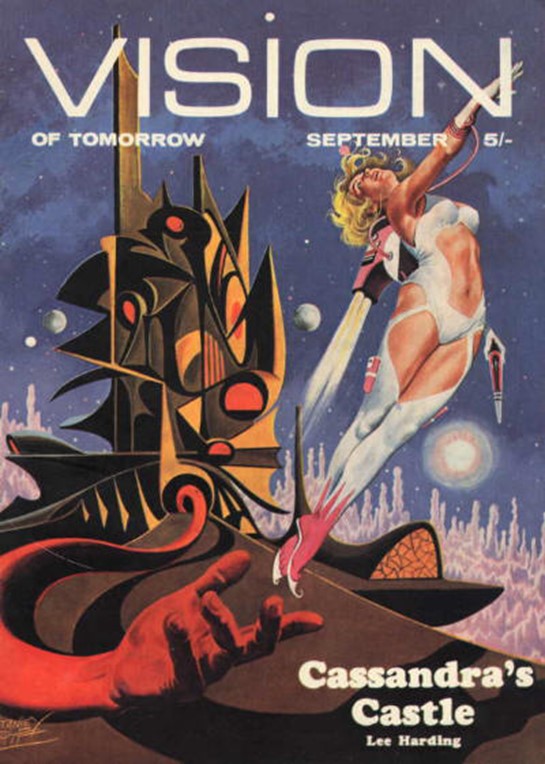
Cover by Stanley Pitt, and, to my eyes, the best they have done
Continue reading (August 16, 1970) It All Comes Tumbling Down [Vision of Tomorrow #12]

![(August 16, 1970) It All Comes Tumbling Down [<i>Vision of Tomorrow #12</i>]](https://galacticjourney.org/wp-content/uploads/2025/08/VOT2-545x372.jpg)
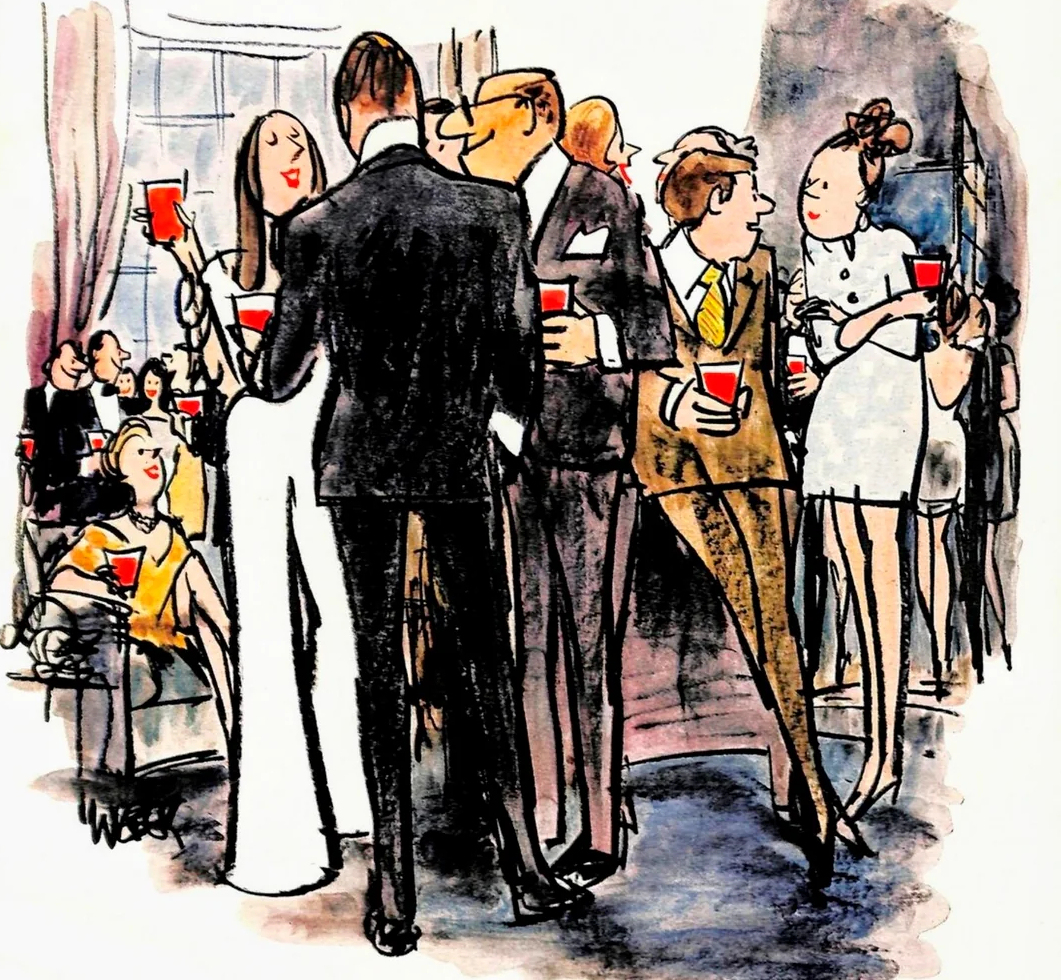
![[July 24, 1970] They’ve All Come To Look For America (<i>Green Lantern co-starring Green Arrow</i>)](https://galacticjourney.org/wp-content/uploads/2025/06/GAGL8-672x372.jpg)


![[July 19, 1970] Dips in road (<i>Maze of Death</i>, <i>The Eternal Champion</i>…and others—July Galactoscope #2)](https://galacticjourney.org/wp-content/uploads/2025/07/700719covers-672x372.jpg)

![[July 14, 1970] Hit For Six (<i>Vision of Tomorrow #11</i>)](https://galacticjourney.org/wp-content/uploads/2025/06/VOT3-324x372.png)


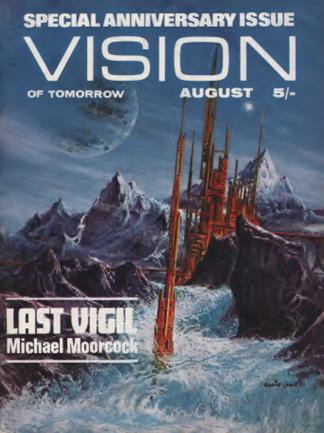
![[July 8, 1970] I'm Still Marching Some More (<i>Orbit 7</i>)](https://galacticjourney.org/wp-content/uploads/2025/07/Orbit-C-416x372.jpg)

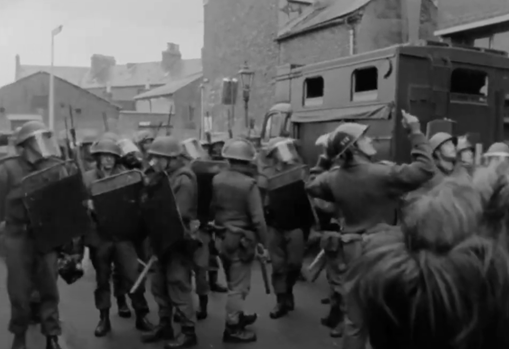
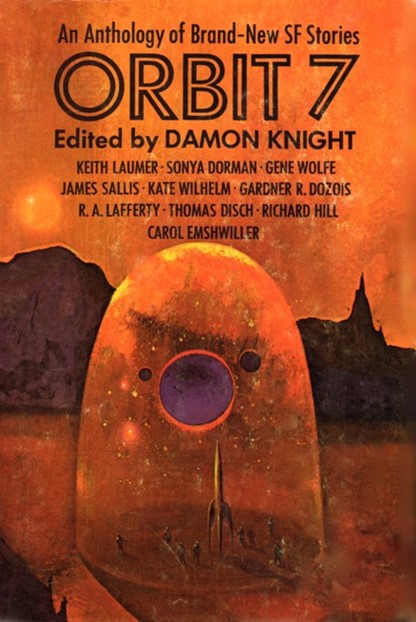
![[May 18th, 1970] Rematch (<i>Vision of Tomorrow #9</i>)](https://galacticjourney.org/wp-content/uploads/2025/05/Vis1.png)

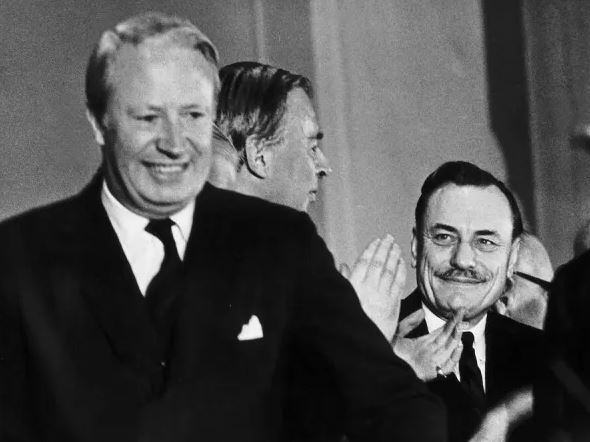
![[May 10, 1970] Fever Pitch (<i>New Writings in S-F 17</i> & <i>Vortex</i>)](https://galacticjourney.org/wp-content/uploads/2025/05/Vort-Title-554x372.png)


![[April 28, 1970] A Strange Case of Vulgarity & Violence (<i>Vision of Tomorrow</i> #8)](https://galacticjourney.org/wp-content/uploads/2025/04/VoT5-1-280x372.jpg)

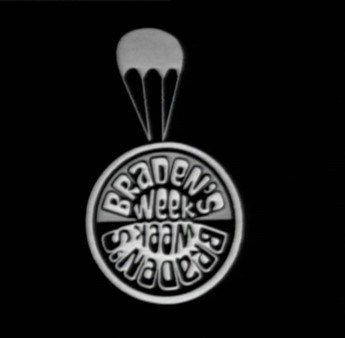

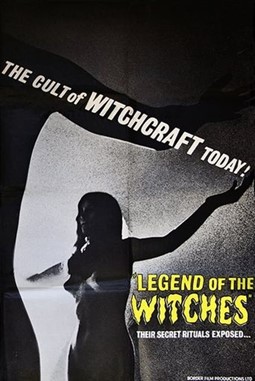
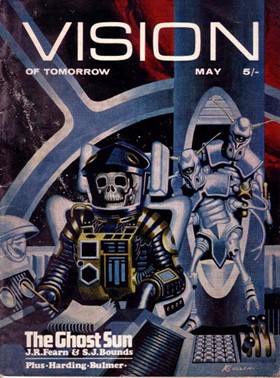
![[March 18, 1970] Future Cities and Past Visions (<i>Vision of Tomorrow</i> #7)](https://galacticjourney.org/wp-content/uploads/2025/03/Vot-4-428x372.png)




![[March 12, 1970] It’s A Dog’s Life (<i>Orbit 6</i>)](https://galacticjourney.org/wp-content/uploads/2025/03/Orbit-F-672x372.jpg)
